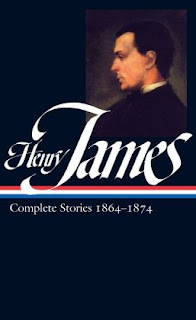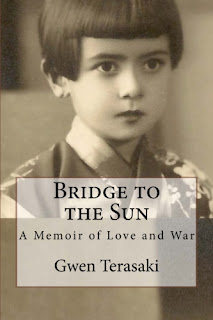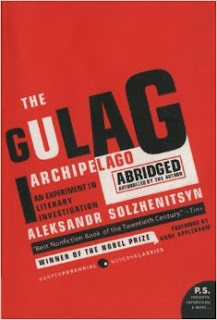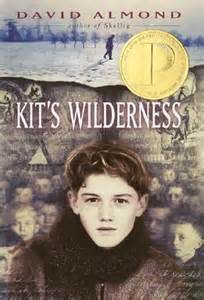Horrorstör

Horrorstör, by Grady Hendrix You've probably seen this cute horror novel around; it's made to look like an Ikea catalog. It's set in a fictional Ikea knockoff, Orsk, so as not to offend the actual Ikea, but it's exactly the same and pretty funny. The items all have pseudo-Scandinavian names, but goofier. Amy, a disaffected Orsk employee behind on her rent, is recruited to stay the night with a couple of other staff; every morning, they've been finding weird smelly stains on the Brooka sofas and busted Liripip wardrobes, so the manager wants to find out what's going on. At first, nothing much, though they find another two employees spending the night in hopes of finding a ghost and making a smash hit ghost hunting show. But then things start going a bit wrong. It's a traditional haunted mansion story, except set in an Ikea, which works really well. Lots of space to run around and get lost in. Five bucks says someone wants to make a movie!...












